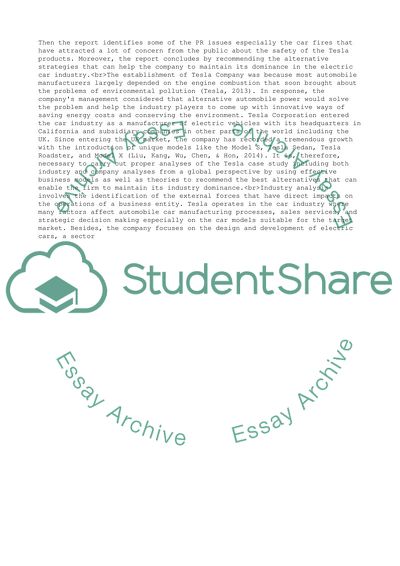Cite this document
(Individual Report about TESLA Essay Example | Topics and Well Written Essays - 3500 words, n.d.)
Individual Report about TESLA Essay Example | Topics and Well Written Essays - 3500 words. https://studentshare.org/business/1867066-individual-report-about-tesla
Individual Report about TESLA Essay Example | Topics and Well Written Essays - 3500 words. https://studentshare.org/business/1867066-individual-report-about-tesla
(Individual Report about TESLA Essay Example | Topics and Well Written Essays - 3500 Words)
Individual Report about TESLA Essay Example | Topics and Well Written Essays - 3500 Words. https://studentshare.org/business/1867066-individual-report-about-tesla.
Individual Report about TESLA Essay Example | Topics and Well Written Essays - 3500 Words. https://studentshare.org/business/1867066-individual-report-about-tesla.
“Individual Report about TESLA Essay Example | Topics and Well Written Essays - 3500 Words”. https://studentshare.org/business/1867066-individual-report-about-tesla.


